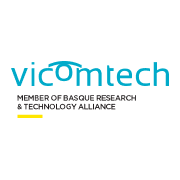Koper Living Lab
5G to improve logistic processes automation in ports and mission-critical services with continuous business & technical-related 5G system optimization.
Living Lab description
Living Lab Koper is located in the Port of Koper, one of the most dynamic ports in Europe and a front-runner of innovation. Five project partners, LUKA KOPER, INTERNET INSTITUTE, TELEKOM SLOVENIJE, VICOMTECH and CONTINENTAL, are focusing on exploitation of applications and services that are based on 5G-assured Industry 4.0 scenarios and include use cases related to port control, logistics, remote automation, and port security.
To support the most advanced port logistic services, such as automation control of the container management, a real-time and AI-powered video surveillance, 5G components are deployed along with high-performance CCTV applications, such as body worn and drone-assisted video streaming, that can significantly benefit from low latency capabilities supported by the 5G ecosystem deployed in the Living Lab. A combination of 5G mobile services provided by the national MNO (i.e., Telekom Slovenije) and on-site dedicated private 5G infrastructure (provided by INTERNET INSTITUTE) enables demonstration and verification of various scenarios and 5G operational modes within a single European port environment.
5G Innovation
Koper Living Lab (LL) focuses on development and demonstration of novel 5G technologies targeting future European ports (e.g., cloud-native and MEC driven infrastructures, MANO-based services and network orchestration, Industrial IoT, vehicle telemetry, AI/ML based video analytics, drone-based security monitoring etc.) and cutting-edge prototypes tailored to the needs of port environment.
The most demanding port logistic operational scenarios and mission-critical applications are supported through a combination of a national 5G NSA network extended by MEC mechanisms and a private 5G SA deployment. NFV-MANO is selected for orchestration as it provides means to efficiently provision, deploy and manage the life cycle of the 5G network infrastructure and Industrial IoT services. Hybrid private-public 5G network operations enable verification of novel features, such as eMBB, mMTC and URLLC services, network slicing, NFVI and multi-IaaS scenarios operated in realistic port settings.
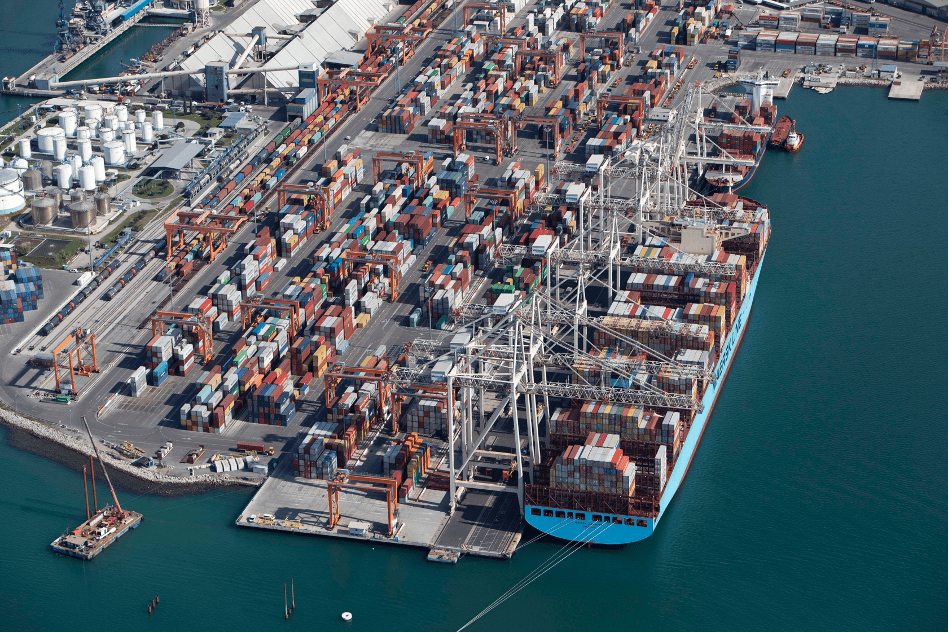

Figure 1 Koper Living Lab – Container Terminal (left) and 5G Architecture (right)
Other relevant informations according to the project progress
In the course of the 5G-Loginnov Open Call for Innovative start ups targeting 5G-enabled tailored services for real-life port-city areas optimization, a Greek start-up HellenicDrones proposing “auTonomous dRones for marITime OperatioNs (TRITON)” project has been selected and is currently collaborating within the pilot site.
Use Cases
UC1 – Management and Network Orchestration platform (MANO)
Based on a 5G network deployment as the first step of the Use Case 1 (UC 1) development, the use case addresses MANO architecture (ETSI Management and Network Orchestration) and its cloud extensions intended for the demonstration of an automated deployment and life cycle management of a network and applications operated in a 5G-enabled port environment targeting Industrial IoT applications.
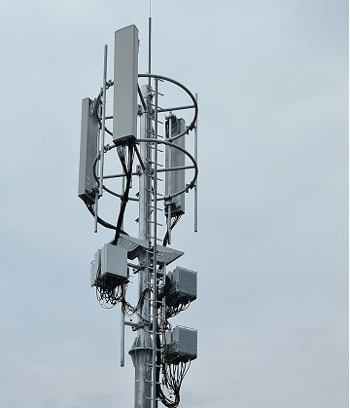
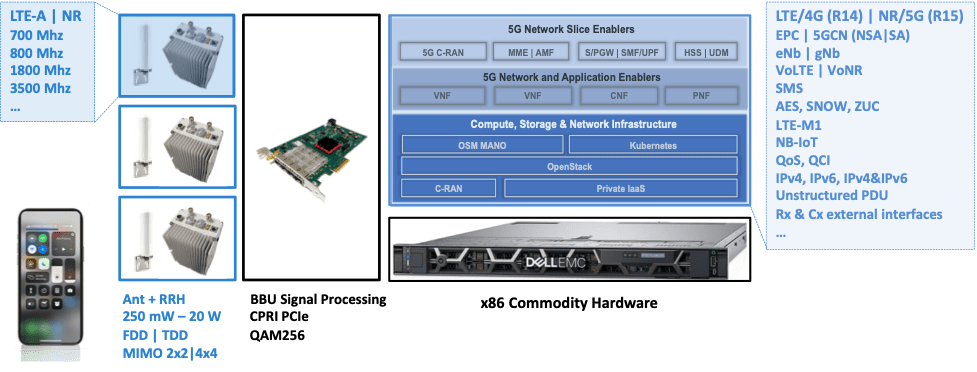
Figure 2: Koper Living Lab – 5G NSA Network (left) and 5G SA (right)
Other relevant informations according to the project progress
Koper LL area is already benefiting from public 5G NSA network operating in 2600 MHz frequency band allowing for performing initial field tests and performance monitoring. Otherwise, current activities are focused on setting up physical infrastructure in Living Lab’s data center, i.e. MEC infrastructure. Current activities also include establishing virtual environment and configuring network topology required.
UC5 – Automation for Ports: Port Control, Logistics and Remote Automation
Use Case 5 (UC 5) targets Industry 4.0 related port operation with a focus on scenarios related to port control, logistics and remote automation. More specifically, a logistics and port operation support scenario are implemented where operating port machinery (STS crane) are equipped with industrial cameras for capturing and transfer of 4K UHD streams in real-time over the 5G network to the video analytics system for identification of container markers and detection of structural damages of containers using advanced AI/ML based video processing techniques. In addition, the transfer of remotely collected information is enabled and made available to other port operations systems as well.
Secondly, port equipment monitoring, and remote telemetry are performed for machines operating in the port (e.g., terminal tractors) by means of capturing and transferring key information (e.g., consumption, location, and other related telemetry information) to the port operation support system.
Finally, a resilient 5G-based operational network scenario is realized to provide 5G-enabled connectivity capabilities as an alternative to the established operational WLAN (IEEE 802.11) network, supporting data transfer redundancy between the operational port infrastructure and port operations centres.
The deployed 5G network, cloud and Industrial IoT infrastructure from national MNO and the private 5G mobile system capabilities from UC1 will be used as the baseline communication system in UC5.
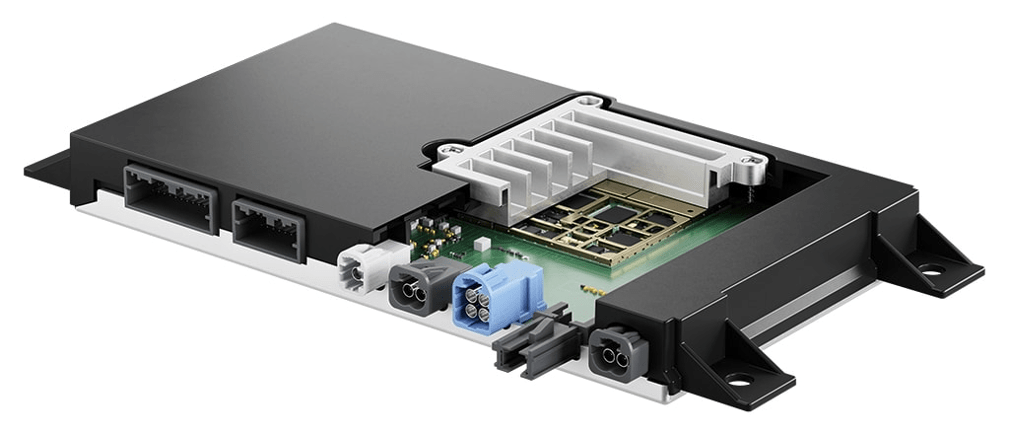
Figure 3: Koper Living Lab – 5G-assured telemetry device
Other relevant informations according to the project progress
IoT modems for logistic operations and equipment for the remote telemetry are in their final test/verification phase and are expected to be ready for field deploy in 2022.
UC6 – Mission Critical Communications in Ports
A real-time video surveillance is targeted using 5G-enabled body-worn cameras carried by security personnel to support their regular and mission critical operations and to improve their personal security. Portable video surveillance cameras with night vision capabilities are connected to the 5G network and used to monitor specific port areas for security purposes (e.g., railway entrance, truck entrance). In addition, automated and coordinated drone-based surveillance is implemented for extended ad-hoc video surveillance support, where 5G network will be used to transfer real-time video streams to the port Security Operation Centre. To complement video-based security operations, an automated detection of objects, vehicles and personnel movement in a specific port area is targeted using ML and AI based video analytics.
Deployed 5G technologies from UC1 are used as a base line communication enabler. As such, reliability and resilience of the multi-faceted real-time video surveillance is targeted for mission-critical needs using commercial and private 5G network services.

Figure 4 Koper Living Lab – Drone-based security surveillance




